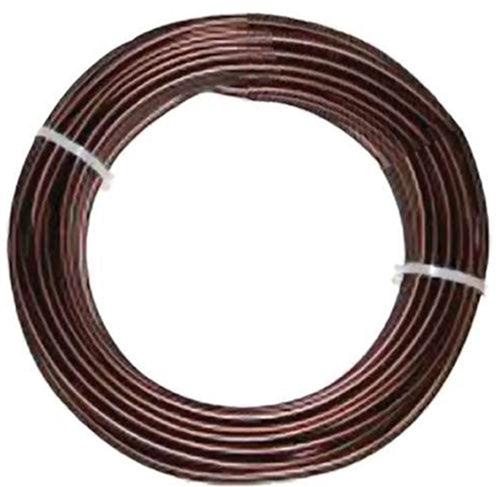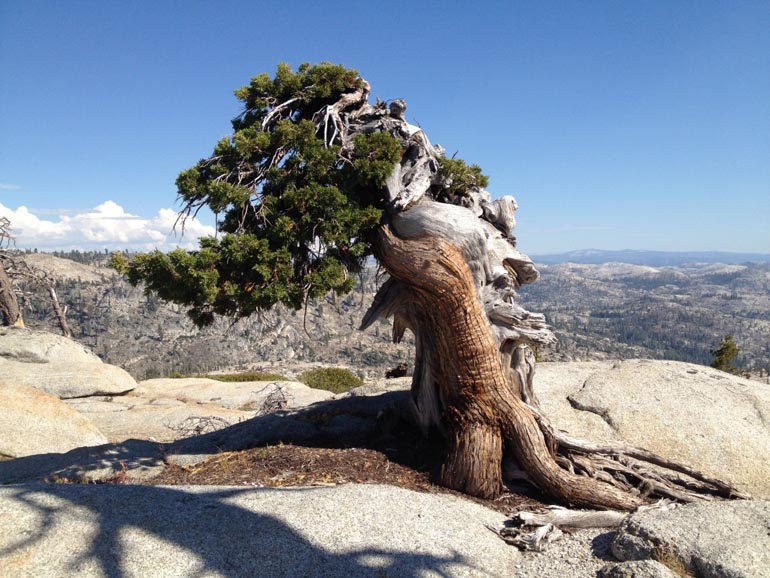
A Sierra juniper (Juniperus occidentalis) sculpted by wind and snow. It lives near Granite Lake at 8,500 feet in the Emmigrant Wilderness (near Yosemite in California's Sierra Nevada mountains). This photo and the next two are borrowed from Bonsai Society San Francisco. Thanks to Terry Davis of Mullet Wrapper fame for the suggestion
Tomorrow and Sunday are travel days, so today is our last full day of vacation. To save time I decided to resurrect this post from April of this year. It relates to what we’ve been up the last five days (Grand Canyon, Zion, Bryce and environs), though we didn’t see any trees quite as dramatic as the one above. Nor did I get any photos anywhere near as striking (my photos skills leave a lot to be desired, especially with my cell phone).
There are more reasons why this post is appropriate. Though these photos are from the California’s Sierras, many of the trees are the same types you find in northern Arizona and southern Utah, and we are now in SF visiting family (see above and below for this connection)
The following quote which refers to the tree in the first three photos, is from Bonsai Society San Francisco… “The tree is about 7 feet tall and has the shape of a bonsai after many years…”
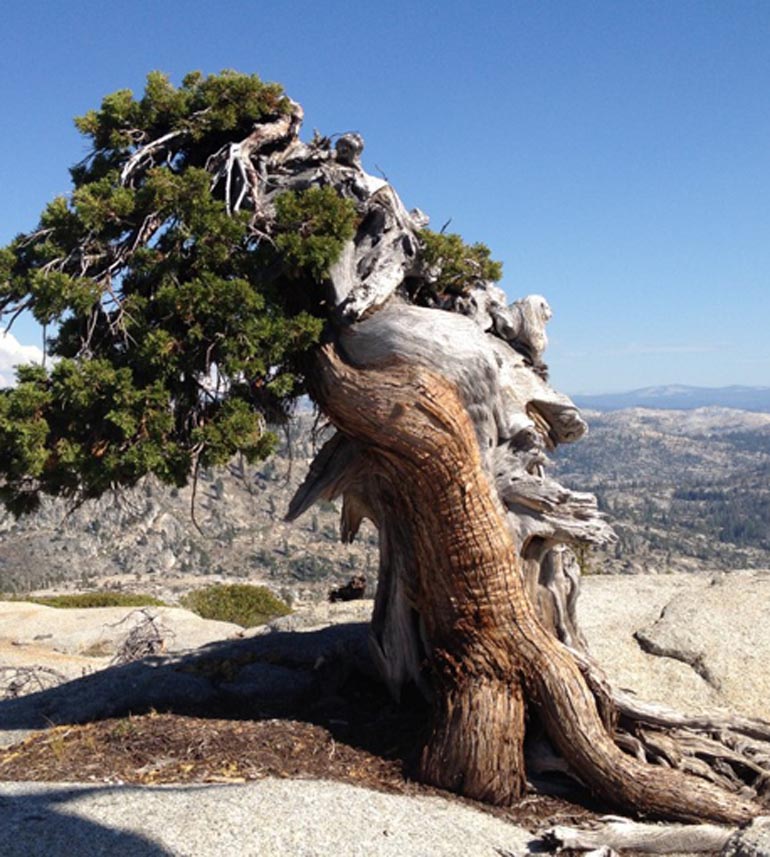
I cropped the original for this closer view
Continued from above…
“This tree shows that under harsh conditions we see that the lifeline on the top of the tree or on the windward side is frequently killed while the lifeline that is more protected is the portion that soldiers on, gaining protection from some of the environmental harshness from the deadwood sections. Where the wind and snow conditions are particularly harsh the successive killing of portions of the lifelines can cause the live sections of some branches and trunks to seem to melt over the dead sections that they neighbor.”
Quoted from Bonsai Society San Francisco
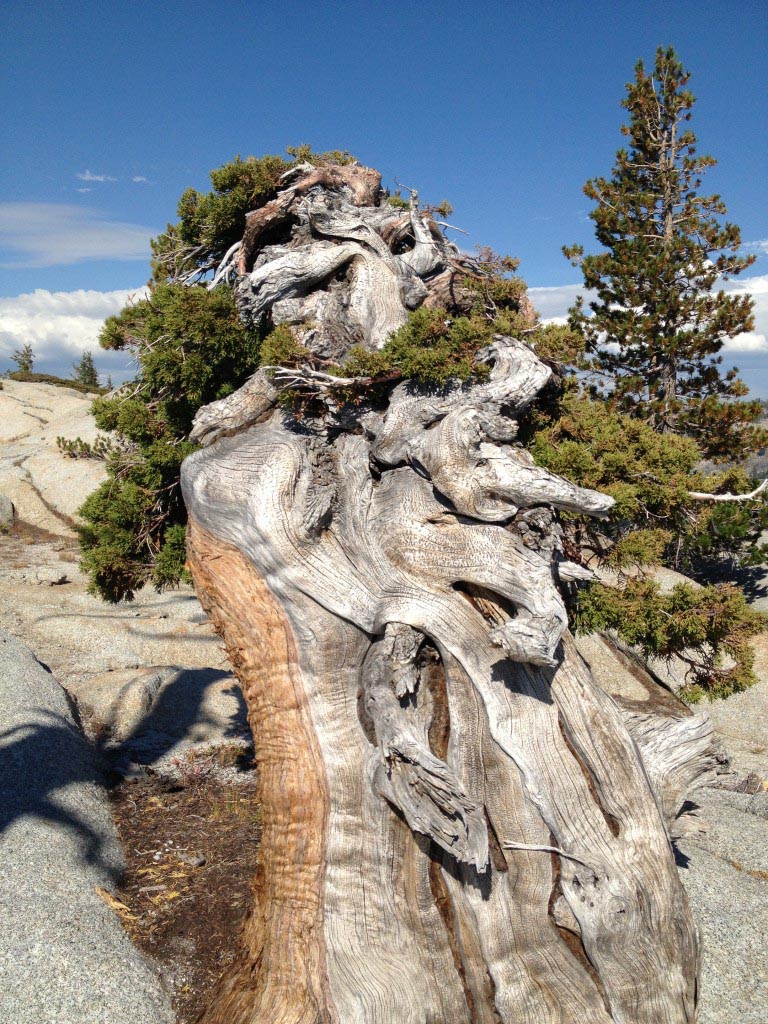
"Detail of deadwood on the top of the windward side of the tree. The different sections appear to melt together."
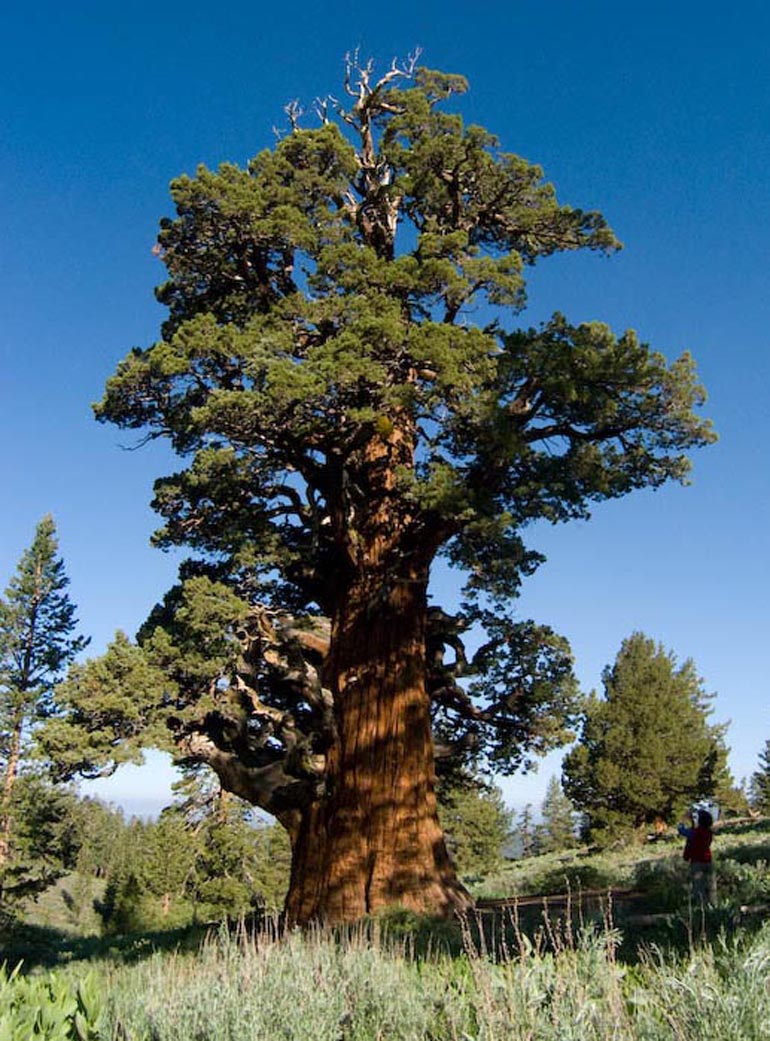
The most famous Sierra juniper (or is it a Sierra juniper?, see below) is called the Bennett Juniper. You can visit it in the Stanislaus National Forest of California. It's considered the oldest and largest Sierra juniper (or Juniper period?) at possibly 3000 years old, with a height of 26 meters (85 feet) and a diameter of 3.88 meters (almost 13 feet).[2]
For a long time the Bennett juniper was considered to be a Sierra juniper (J occidentalis), but according to Wikipedia, it was recently reclassified as different species (Juniperus grandis).*
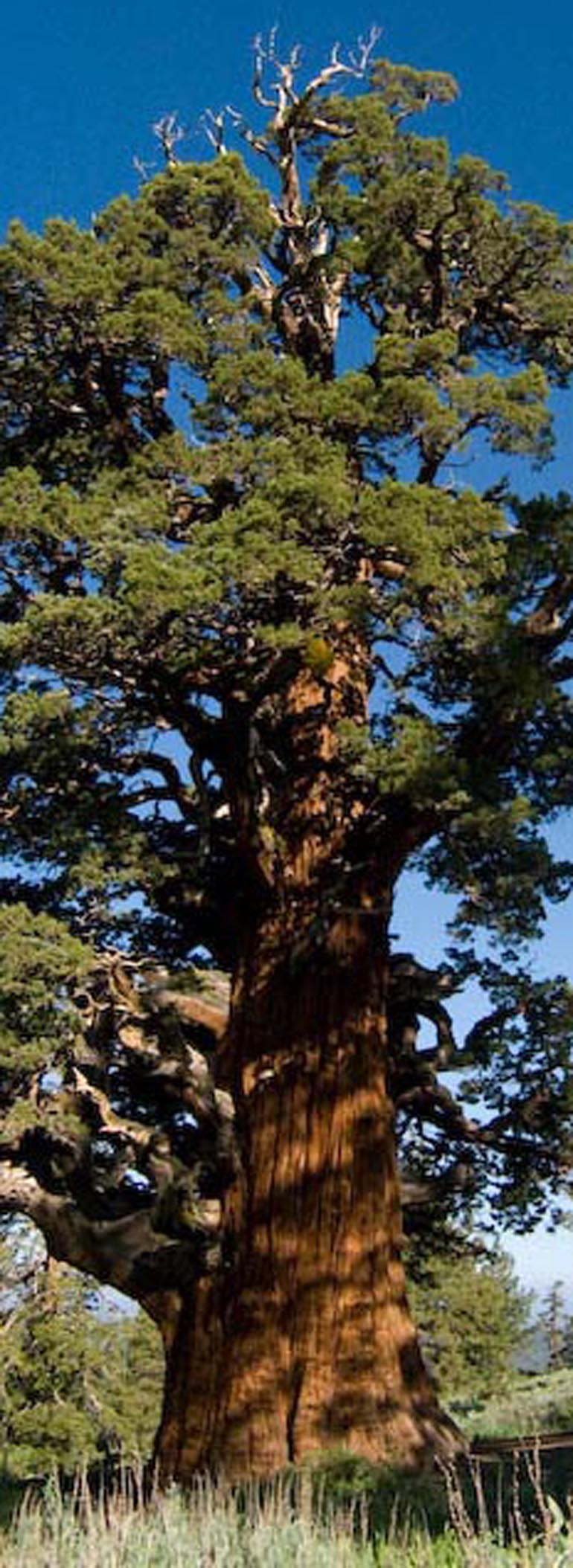
Cropped for a closer look at the trunk
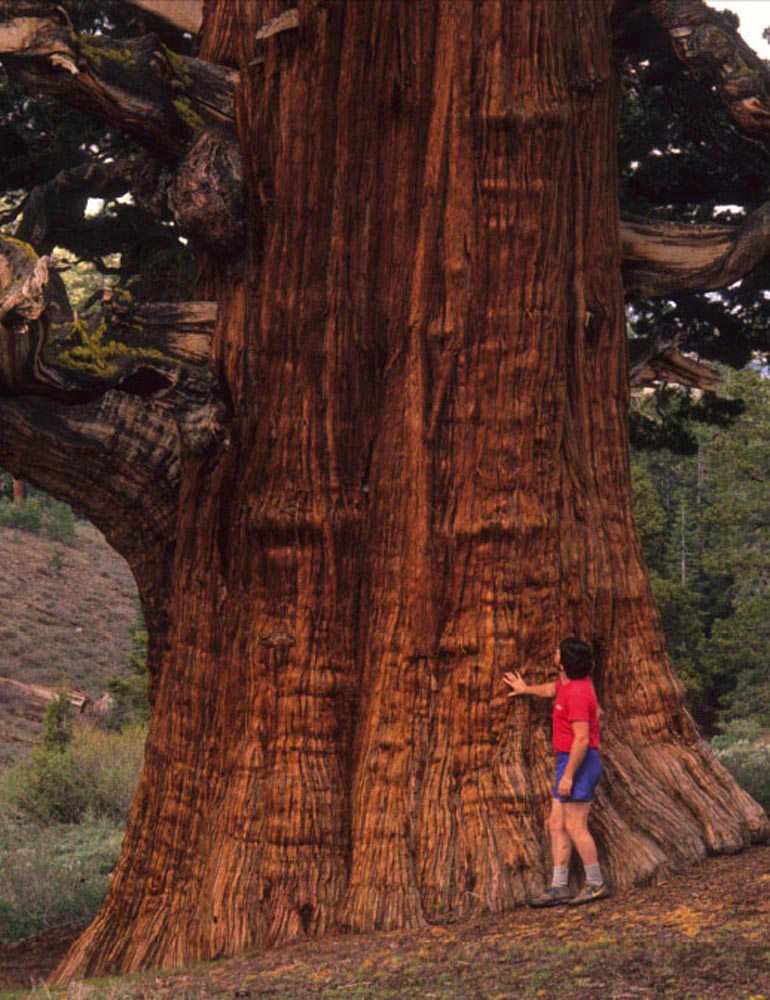
A little perspective
*From Wikipedia… “Originally the Bennett was considered to be a Western juniper (Juniperus occidentalis – Western juniper is another common name for Sierra juniper). Over time the differences between the northern and southern populations of western junipers justified dividing them into two subspecies and the Bennett is in the southern population which was named Juniperus occidentalis australis. A field guide published by UC Press in 2001 gives the common name Mountain Juniper for the australis population.[3] DNA studies (2006) by Adams[4] resulted in the southern population being raised to species status and it was given the common name “Grand juniper” (Juniperus grandis). This name and status is recognized in the USDA Plant Database.[5]“

